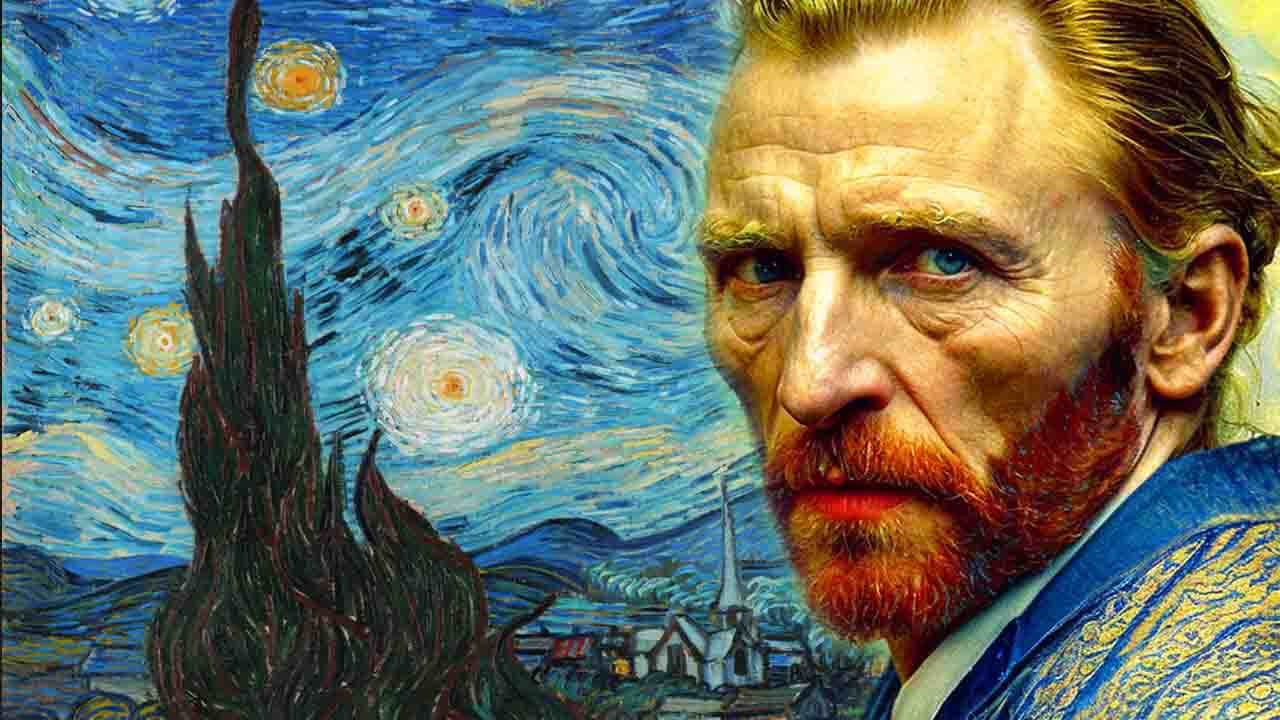The life of Vincent van Gogh
Vincent van Gogh, a figure, in the realm of art is best known for his contributions to post impressionism. He has ability to convey deep emotions through his paintings. Despite his fame van Goghs life was filled with obscurity, poverty and mental illness. These factors greatly influenced his endeavors. Resulted in the creation of some of the most highly regarded works in art history.
Birth of Vincent van Gogh
Van Gogh was born on March 30 1853 in the Netherlands. He was the son of a minister belonging to the Dutch Reformed Church. Although he initially pursued a career working for an art dealer firm he grew dissatisfied with this path. A series of ventures in jobs caused him to undergo a significant personal crisis and engage in introspection.
Art was his passion
During this period van Gogh made the decision to devote himself entirely to art. He firmly believed that painting could provide solace and help alleviate his turmoil. With training but an unwavering determination van Gogh embarked on a journey to refine his skills as an artist. His art work gives inspiration from ordinary aspects of life such as landscapes and individuals, around him.
Van Goghs artwork is known for its colors, brushwork and intense emotions. Throughout his career his artistic style underwent significant changes. Initially he used solemn tones influenced by masters but later on he embraced a more lively palette. This dynamic brushstrokes inspired by Impressionism and Japanese prints.
Van Gogh master pieces
One of the periods, in van Goghs life was when he resided in Arles, France. During this time he envisioned establishing an art colony with painters. It was in Arles that he created some of his masterpieces such as “Starry Night ” “Sunflowers,” and a series of paintings capturing the landscapes and rural life of the region.
Mental Health Challenges
The emotional intensity and mental health challenges faced by van Gogh are well documented through his correspondence with his brother Theo. He experienced bouts of depression, anxiety and eventually suffered from episodes during his years. One infamous episode resulted in van Gogh inflicting harm upon himself by mutilating his ear.
In July 1890 at 37 years old Vincent van Gogh passed away due, to a gunshot wound that is widely believed to be self inflicted.
The passing of Van Gogh symbolized the conclusion of a brief yet career wherein he crafted more, than 2,100 artworks encompassing approximately 860 oil paintings.
Although he only managed to sell a painting while alive Van Goghs creations achieved fame and recognition profoundly shaping the art world and solidifying his status as a pivotal figure in modern art history.
Vincent van Goghs life and artistic endeavors serve as a testament to the influence that personal struggles can have on expression. His exceptional ability to evoke connections through his masterful use of color, form and texture has garnered universal admiration and endless analysis. Van Goghs legacy transcends beauty amidst his inner turmoil; it lies also in his unwavering dedication to his craft—an enduring source of inspiration, for artists and art enthusiasts alike.

